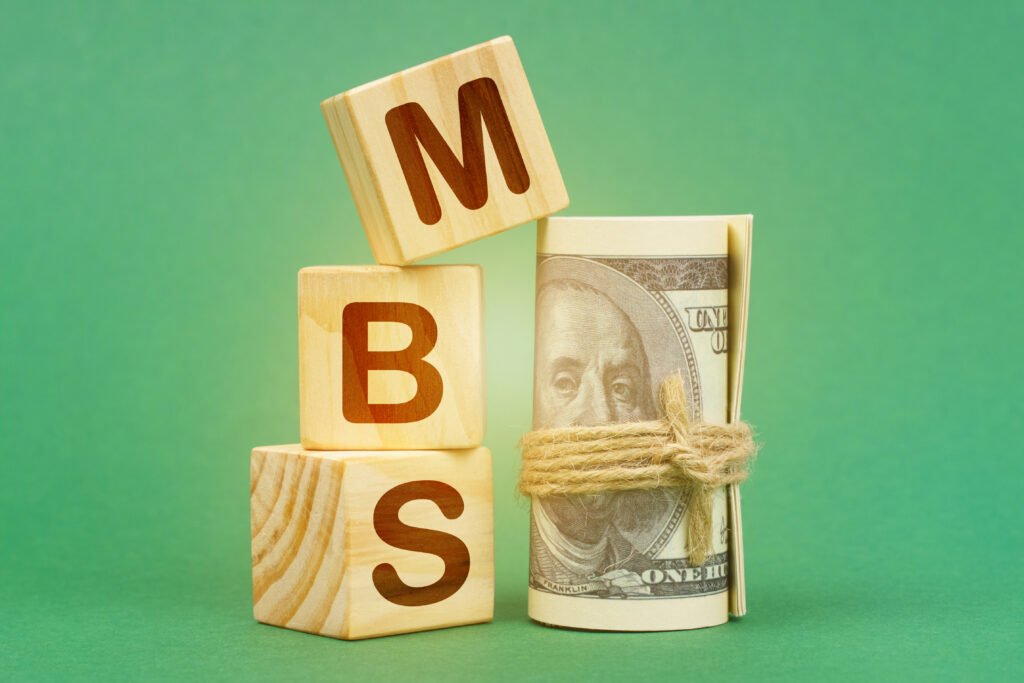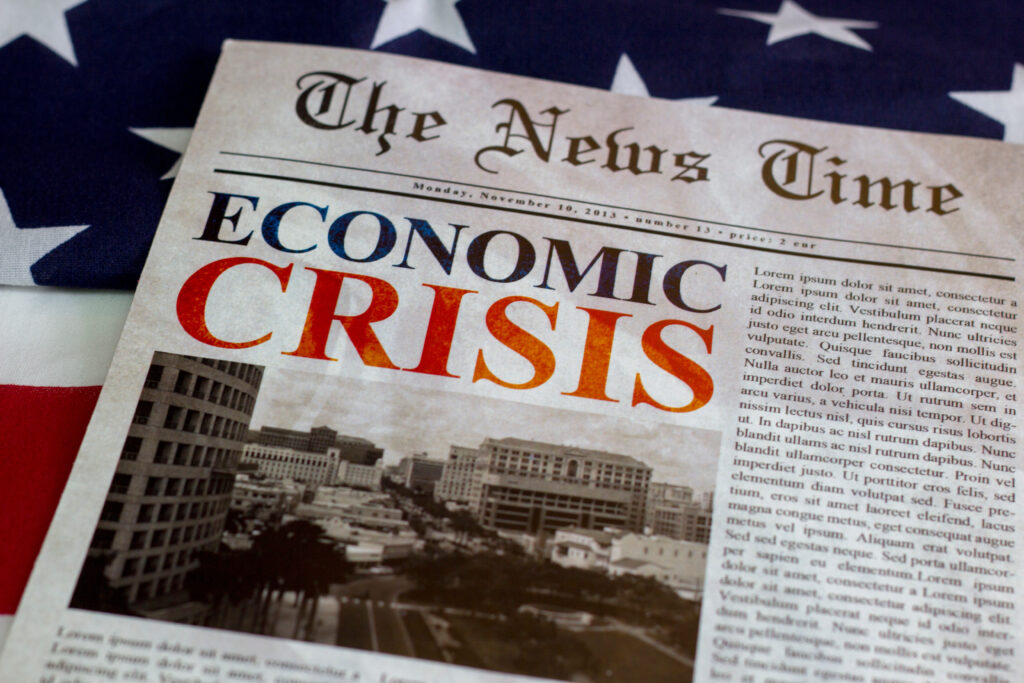Understanding the Roots of the 2008 Financial Crisis

The 2008 financial crisis remains an indelible scar on the global economy, representing a turning point in contemporary economic history. This monumental crisis was born from a series of complex factors that merged to create the perfect financial storm. These factors range from reckless lending practices and regulatory failure to the proliferation of risky financial instruments and the global housing bubble. Let’s unravel the details of these elements to comprehend the roots of this economic upheaval.
The Perils of Subprime Lending

The genesis of the crisis was rooted in the early 2000s, when banks, riding the wave of booming housing prices and lax regulations, began offering mortgages to subprime borrowers. These borrowers, defined by their less-than-stellar credit history, posed a considerable risk. Yet, financial institutions were willing to shoulder these risks, buoyed by the conviction that escalating property values would insulate them against losses, even if defaults occurred.
Surge in Risky Financial Instruments

This risky lending landscape led to the emergence of complex financial instruments like mortgage-backed securities (MBS) and collateralized debt obligations (CDOs). These instruments packaged these risky loans into tradable assets. These assets, offering seemingly attractive returns, magnetized investors. They poured their money into these financial instruments, unaware of the economic time bomb they represented. This dynamic was a key catalyst in escalating the risk levels within the financial system.
The Part Played by Rating Agencies and Deregulation

Adding fuel to the fire was the role of credit rating agencies. These institutions assigned high ratings to the MBS and CDOs, falsely depicting them as secure investments. Guided by these misleading ratings, investors further invested in these hazardous assets. This problem was amplified by the financial deregulation of the previous decades, which created a laissez-faire environment, enabling these risky assets to saturate the global financial system.
The Bursting of the Housing Bubble

In 2007, the housing market, which had been flourishing, began to buckle. As housing prices started plummeting, borrowers found themselves in negative equity situations, their homes worth less than what they owed. This led to an avalanche of defaults, severely depreciating MBS and CDOs’ value. These securities, widespread throughout the financial system, set off shockwaves of losses.
The Global Contagion and Ensuing Recession

The crisis in the American housing market rapidly infected economies worldwide. International banks holding large volumes of these risky securities encountered colossal losses. The bankruptcy of Lehman Brothers, a cornerstone of Wall Street, in September 2008 marked the zenith of the crisis. This event precipitated a global economic recession, with governments rushing to rescue their failing financial institutions to stave off complete economic collapse.
Reflection and Future Implications

The 2008 financial crisis is a stark reminder of the dangers of unregulated financial innovation and the herd mentality dominating the investment landscape. The crisis taught important lessons about risk management, regulation, and oversight, which continue to shape economic policies worldwide.
In the aftermath of the crisis, regulatory reforms have been instigated globally, increasing financial stability. Nevertheless, the specter of the crisis lingers, informing economic policies and perspectives on global finance.
Understanding the causative factors and repercussions of the 2008 financial crisis equips us with the knowledge to avert similar future occurrences. It’s a painful chapter in our economic history but one that offers valuable insights. The goal is to utilize these lessons to foster a more stable, secure, and resilient global financial system.
While the financial crisis 2008 is a grim chapter in our economic history, it offers important lessons. Understanding its causes and effects can better equip us to prevent similar scenarios in the future and create a more stable and secure global economic landscape.